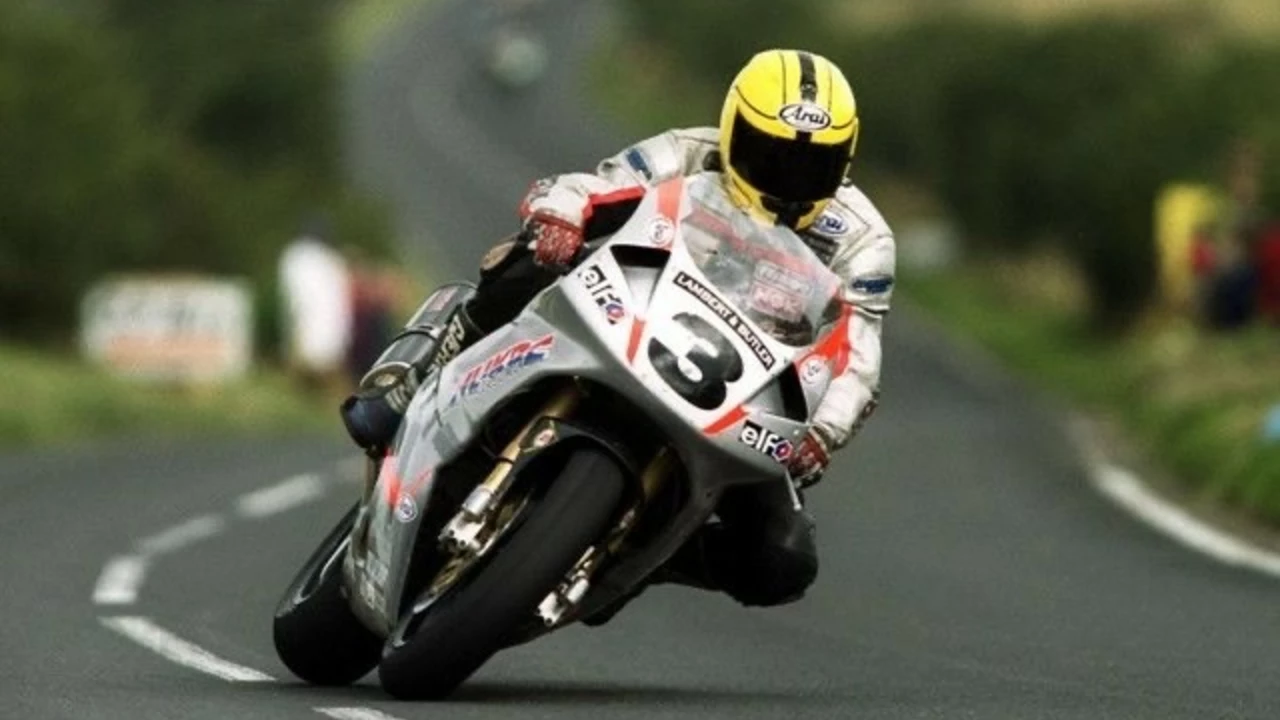Danger in Motorsport – Why Risk Drives the Sport
When we talk about danger, the constant threat that makes every lap feel alive. Also known as risk, it pushes drivers to test limits and fans to keep watching. Danger isn’t just a side note; it’s the engine behind the drama, the reason a corner taken too fast can decide a championship. In the world of motorsport, danger connects speed, strategy and human courage.
Speed, the rapid velocity that defines every race car is the first cousin of danger. When a car hits 200 km/h on a straight, the slightest mis‑read can turn an overtaking move into a crash. That link—speed requires precision, and precision invites danger—is why engineers obsess over aerodynamics while drivers practice split‑second reactions. The faster you go, the tighter the margin for error, so teams invest heavily in safety tech that still lets the car be fast.
Another tight‑knit pair is Endurance, the stamina needed for long‑distance events like Le Mans or the Dakar Rally. Endurance races stretch danger over 24 hours or more, testing not only the car’s reliability but the crew’s ability to manage fatigue. Here, danger influences pit‑stop strategy; a mis‑judged tire change can lead to a puncture that ends a marathon run. The relationship—endurance amplifies danger, demanding smarter planning—makes these events legendary among fans.
Competition is the third pillar that binds everything together. When a driver lines up beside a rival, the desire to win spikes the level of risk. Danger fuels competition, and competition raises danger, creating a feedback loop you see in every headline—whether it’s Alonso’s tactics sparking Mbappé’s surge at Real Madrid or McIlroy’s rivalry with DeChambeau at the Ryder Cup. In motorsport, that loop appears as daring overtakes, aggressive braking zones, and split‑second decisions that either win a podium or trigger a crash.
These three entities—speed, endurance, competition—don’t exist in isolation. They form a network where danger sits at the centre, acting as the glue that ties them together. A typical semantic triple could read: Danger encompasses high‑speed competition. Another: Danger requires precise skill. And a third: Endurance influences danger outcomes. Recognising these connections helps fans understand why a single mistake can ripple through a whole race weekend.
What You’ll Find Below
The articles that follow dive into real‑world examples of danger in action. From the debate over whether an LMP1 car outruns an IndyCar, to the grueling challenges of the 24‑hour Le Mans, each post explores a different facet of risk on the track. You’ll also see how personal rivalries—like the one between McIlroy and DeChambeau—add a human layer to the danger calculus, turning every event into a story worth following.
Whether you’re a seasoned gearhead or just curious about why danger makes motorsport so addictive, the collection below gives you practical insights, vivid anecdotes and a clear picture of how risk shapes every lap. Scroll down and discover how the interplay of speed, endurance and competition creates the unforgettable moments that keep us all coming back for more.

